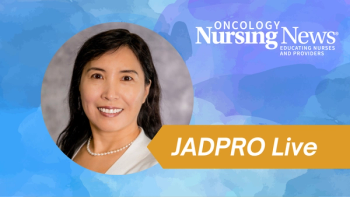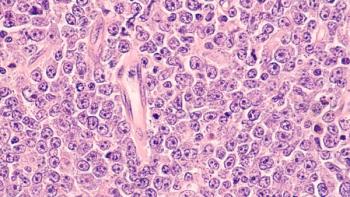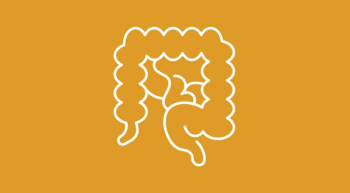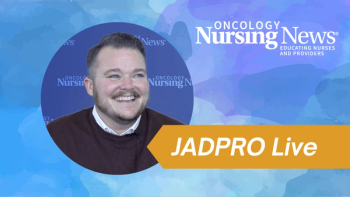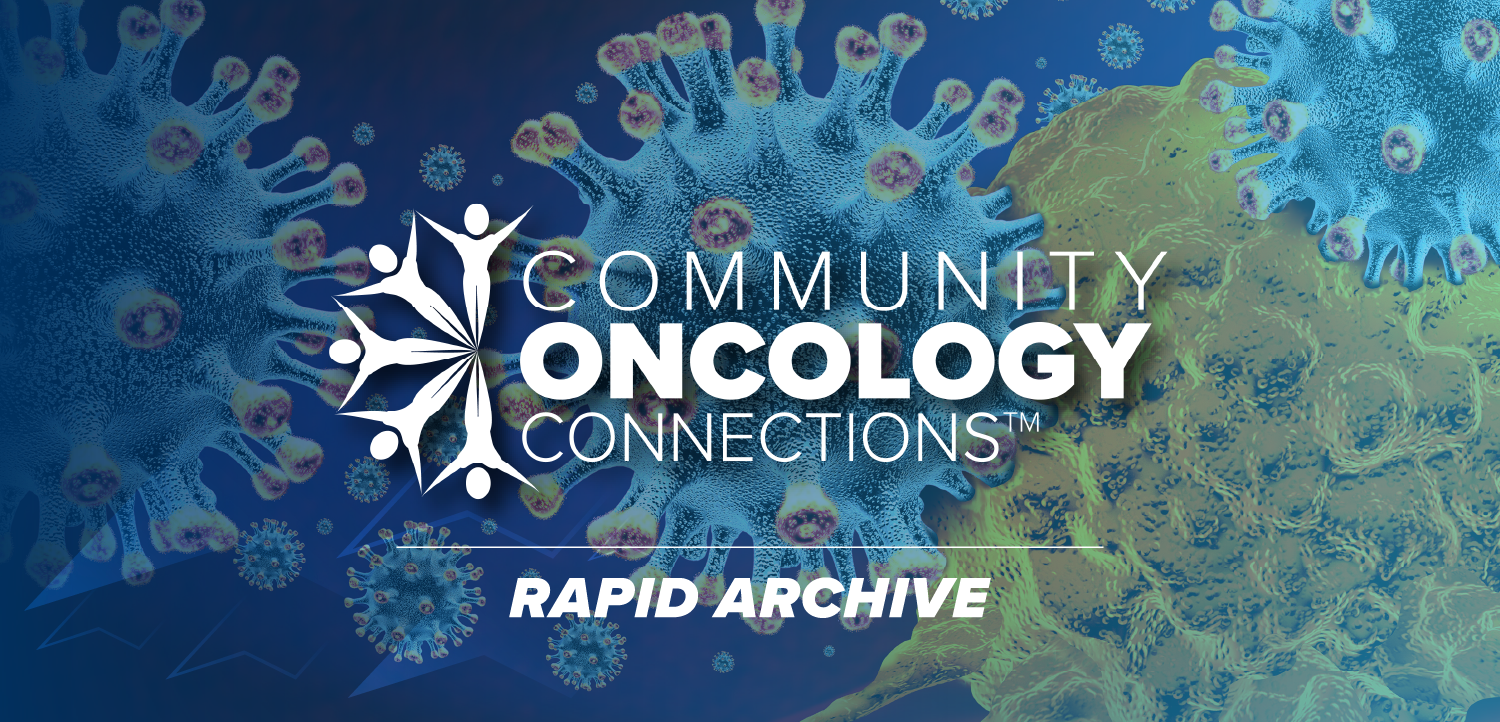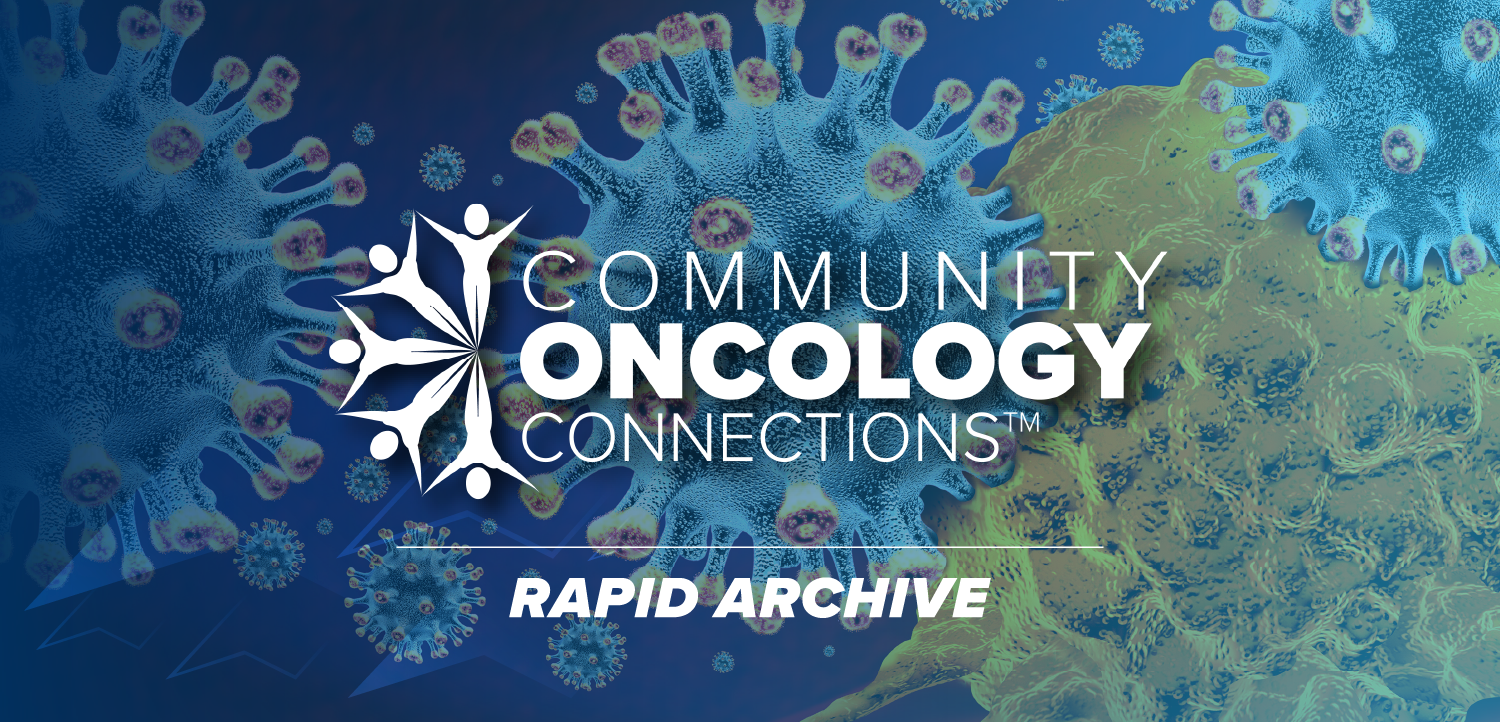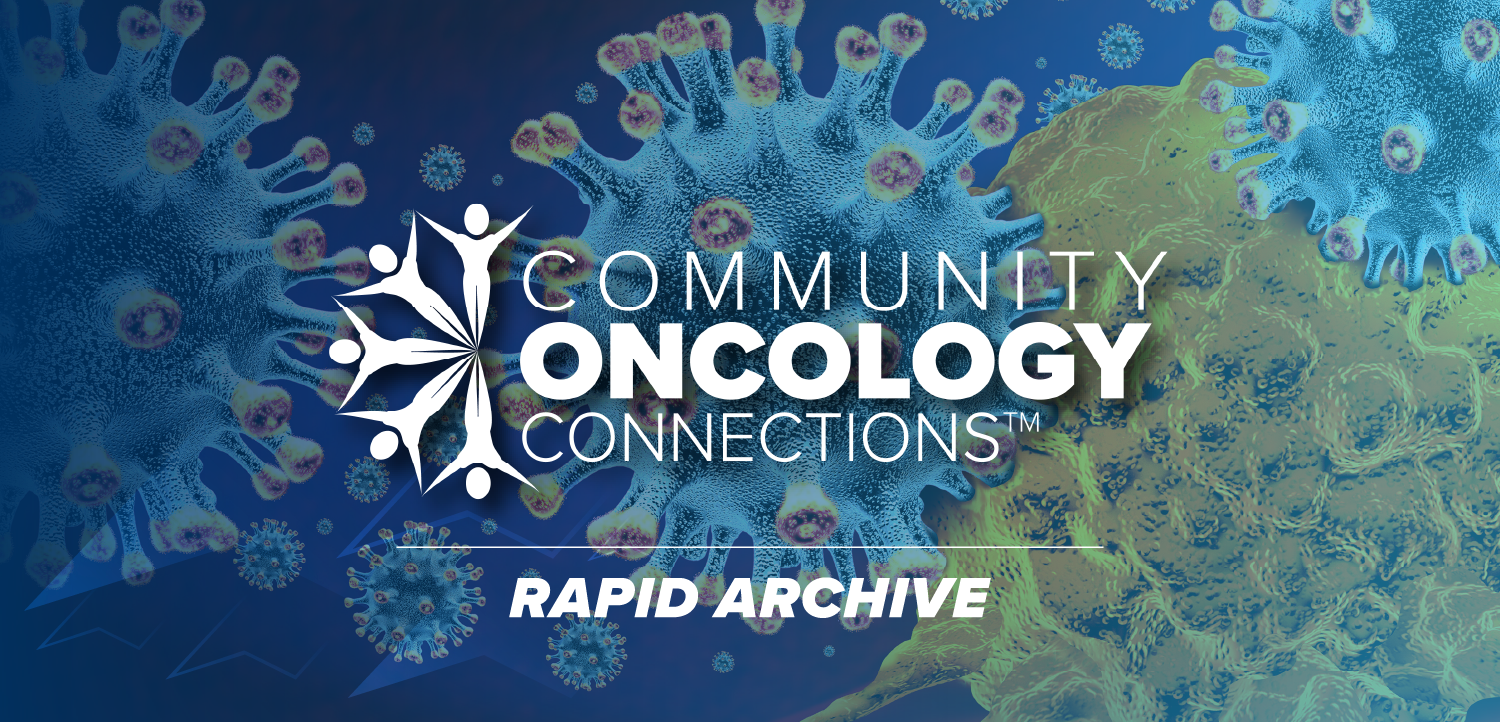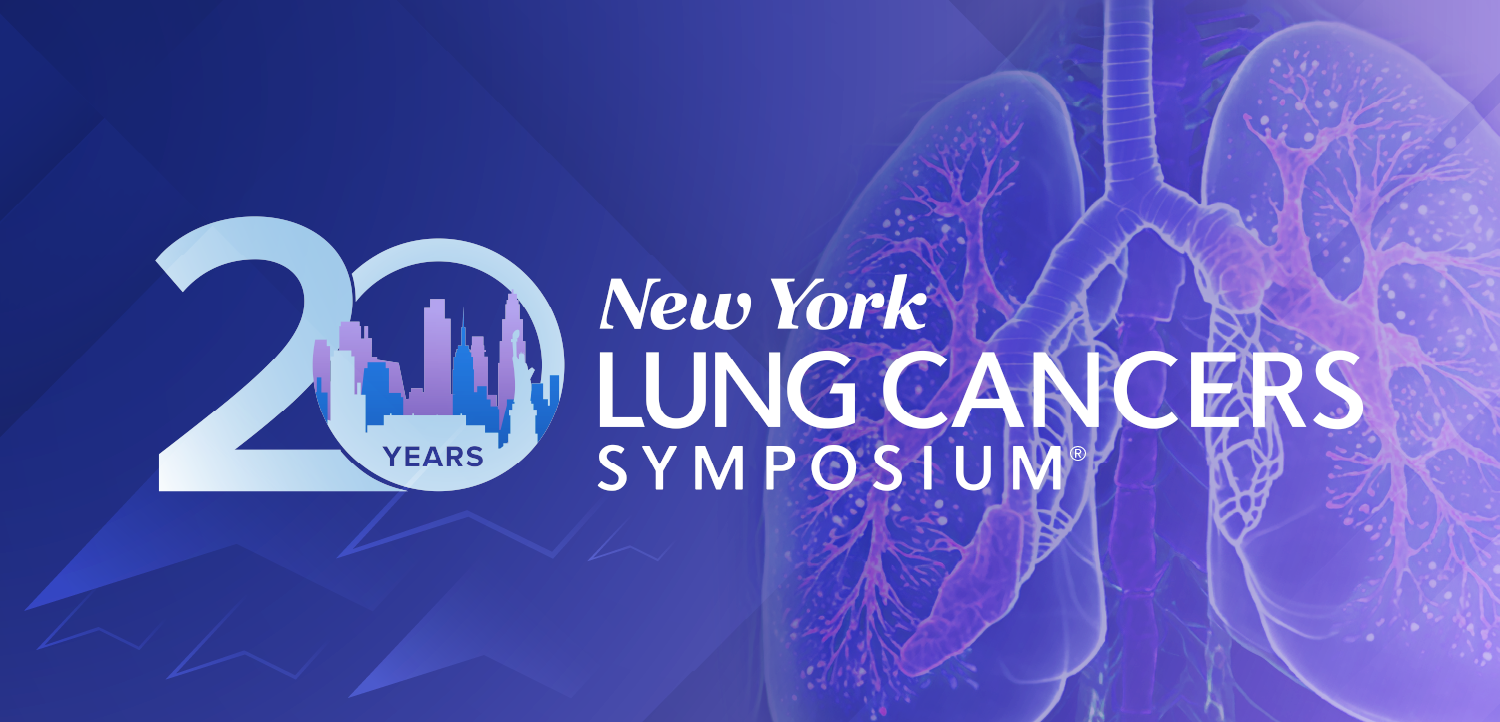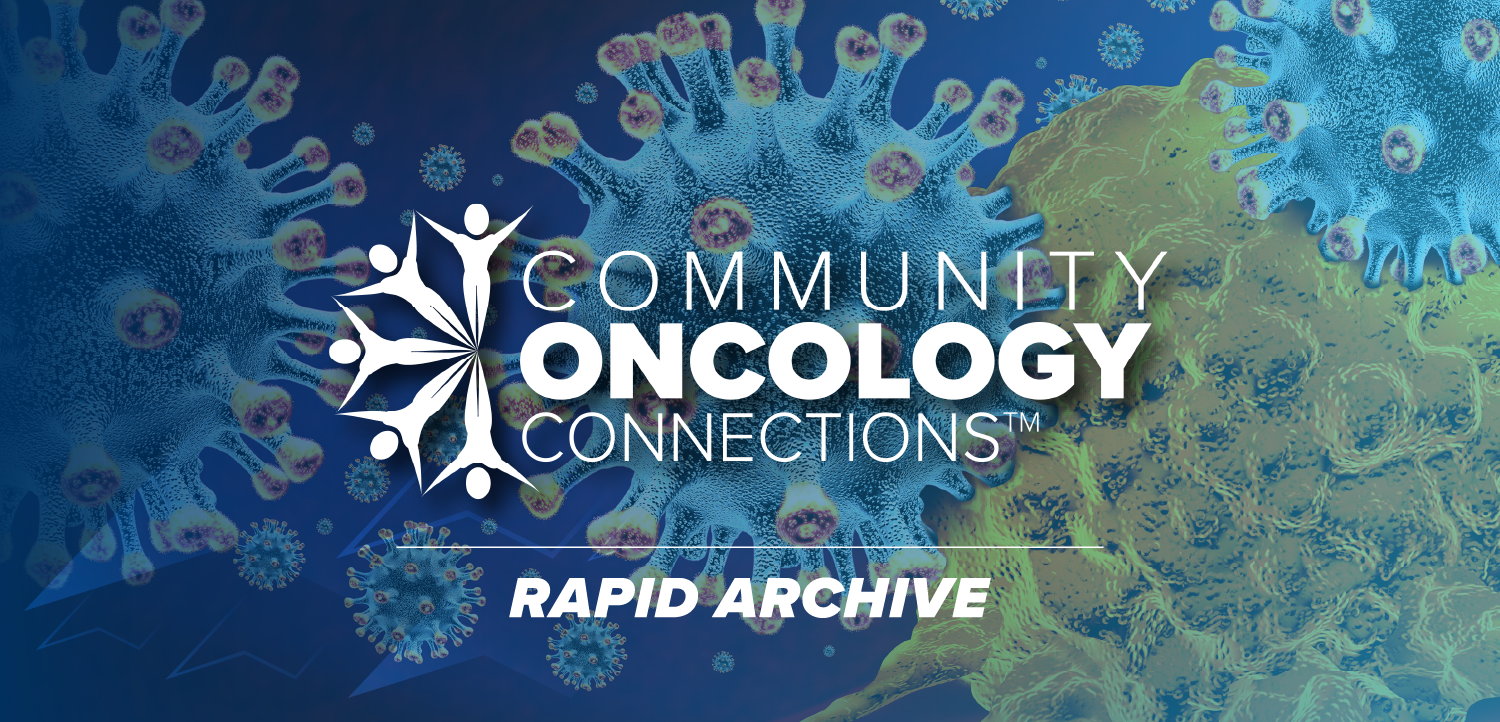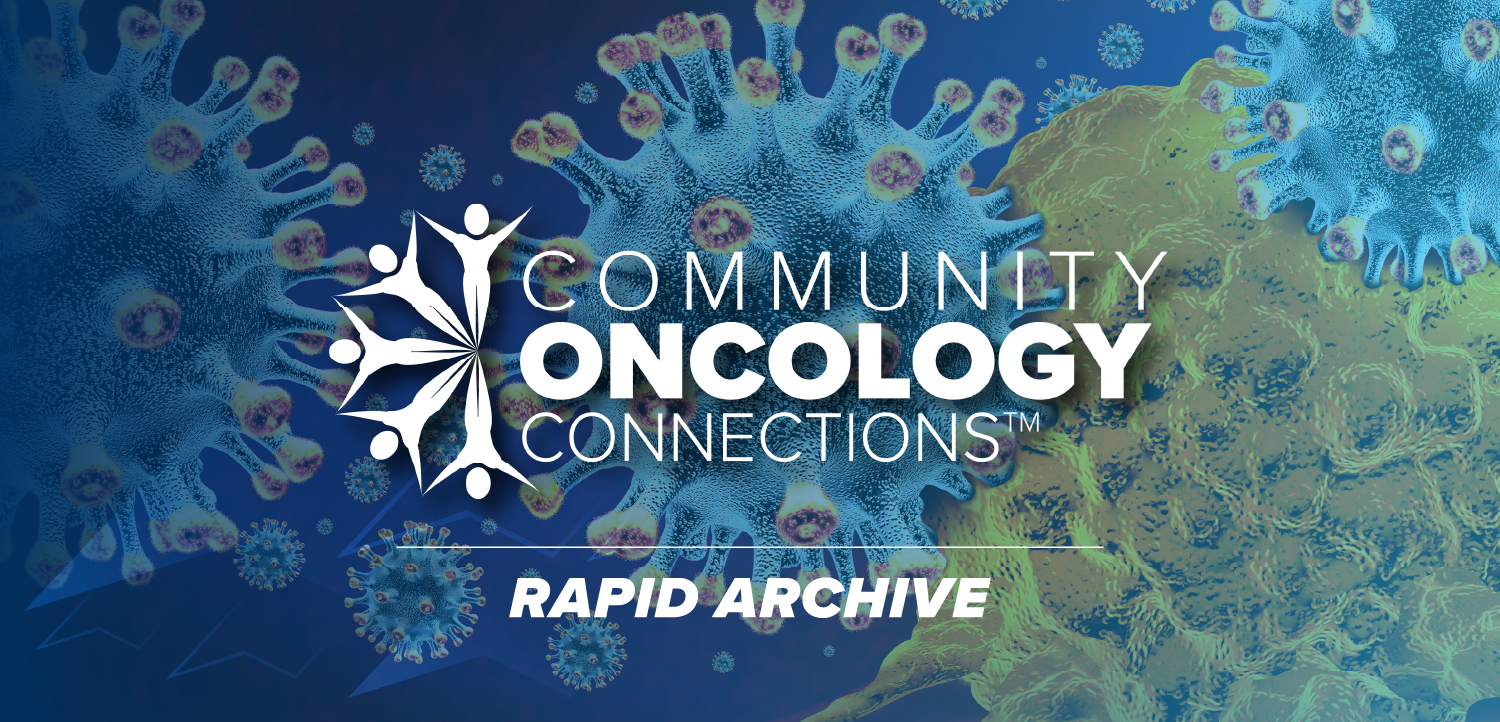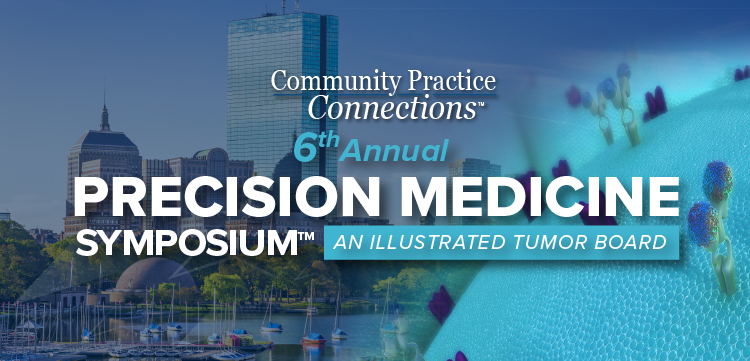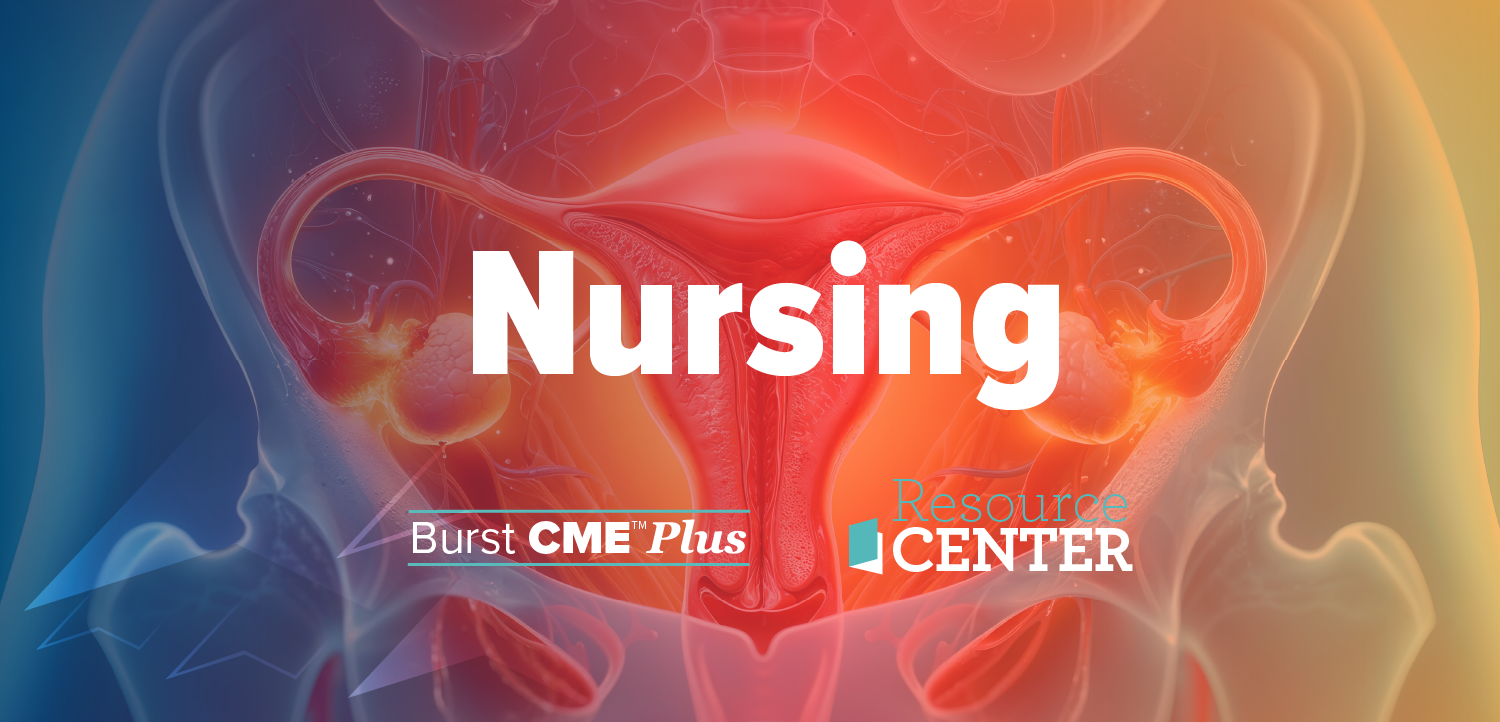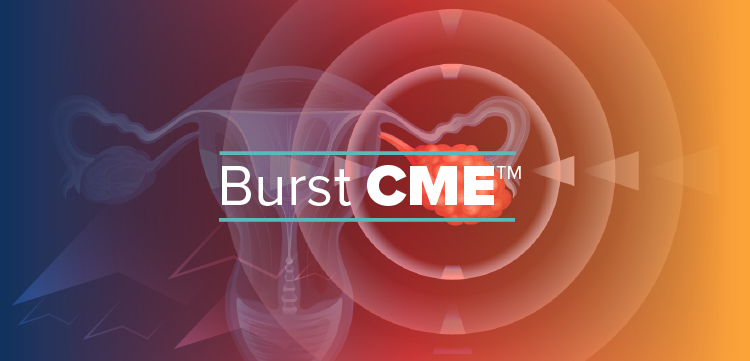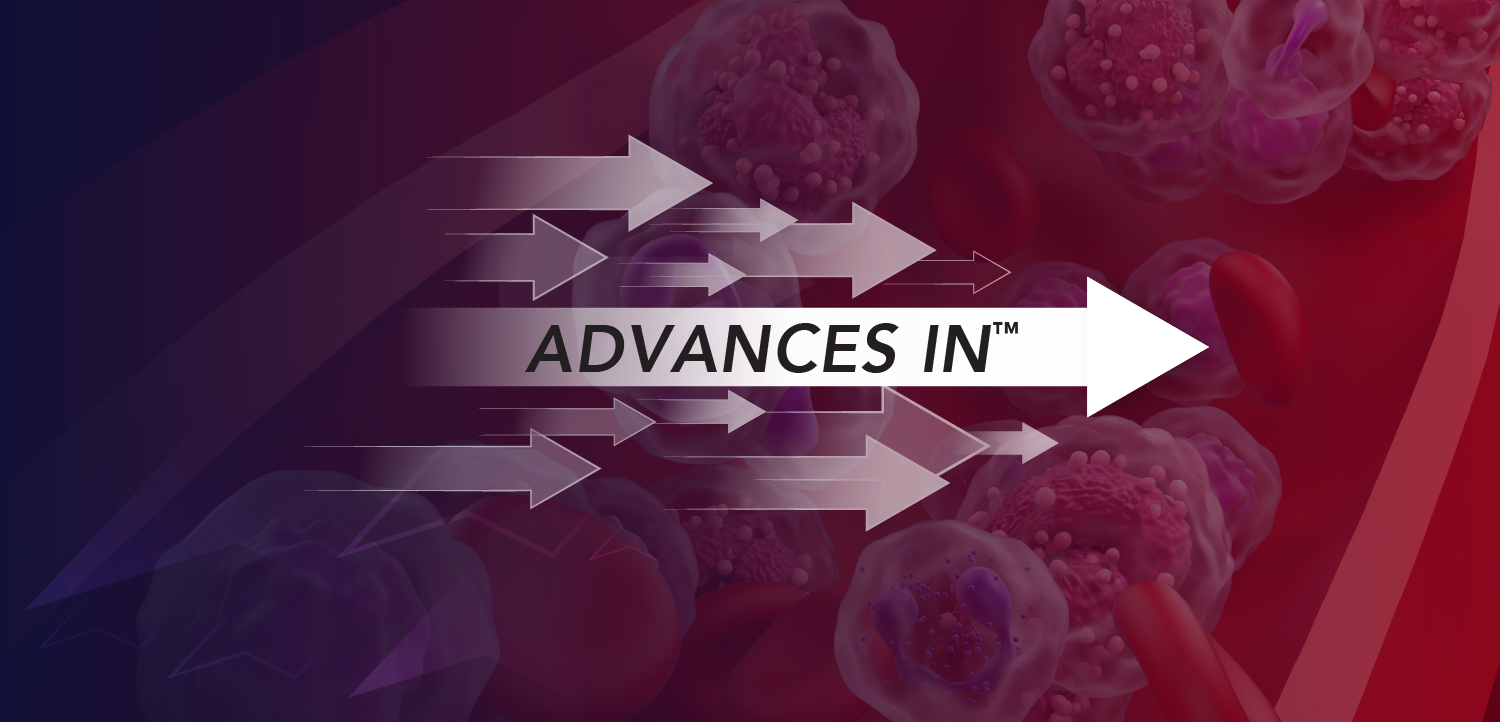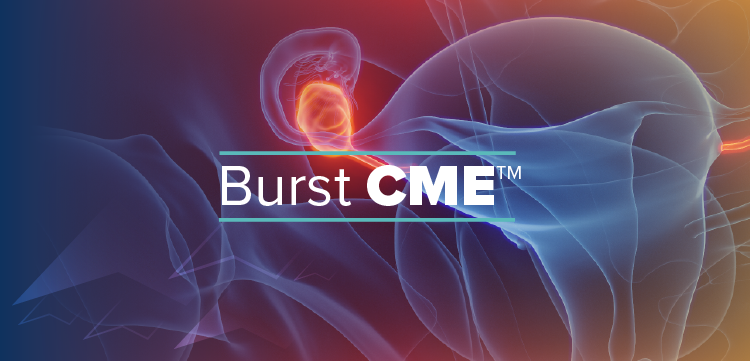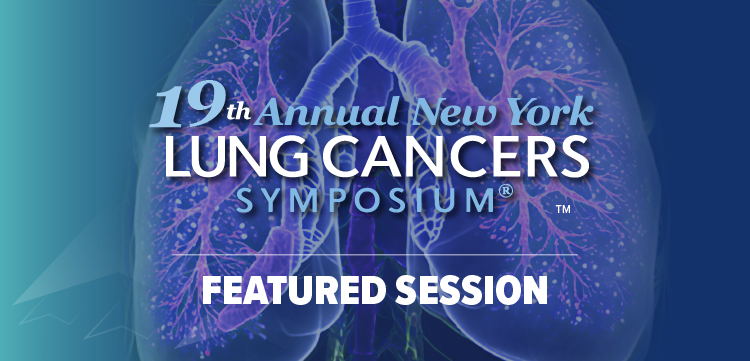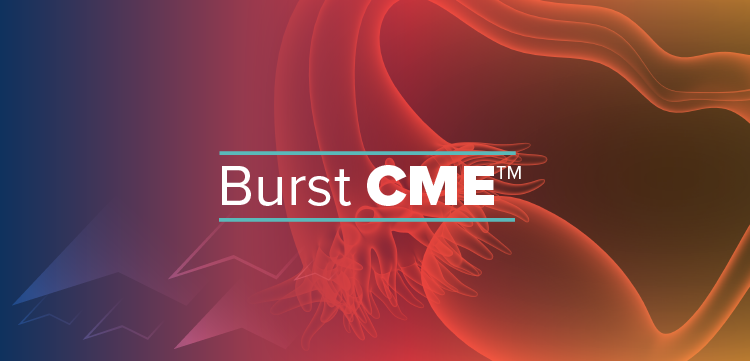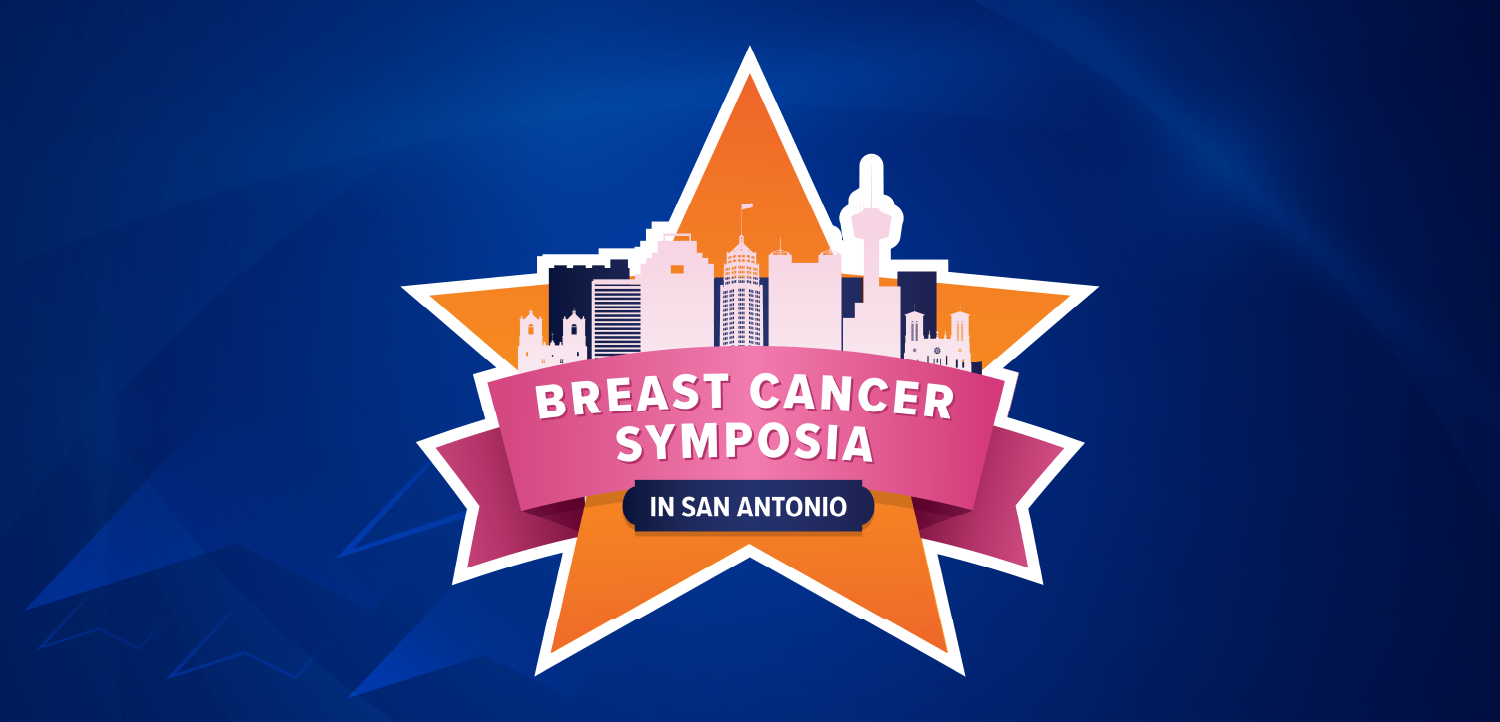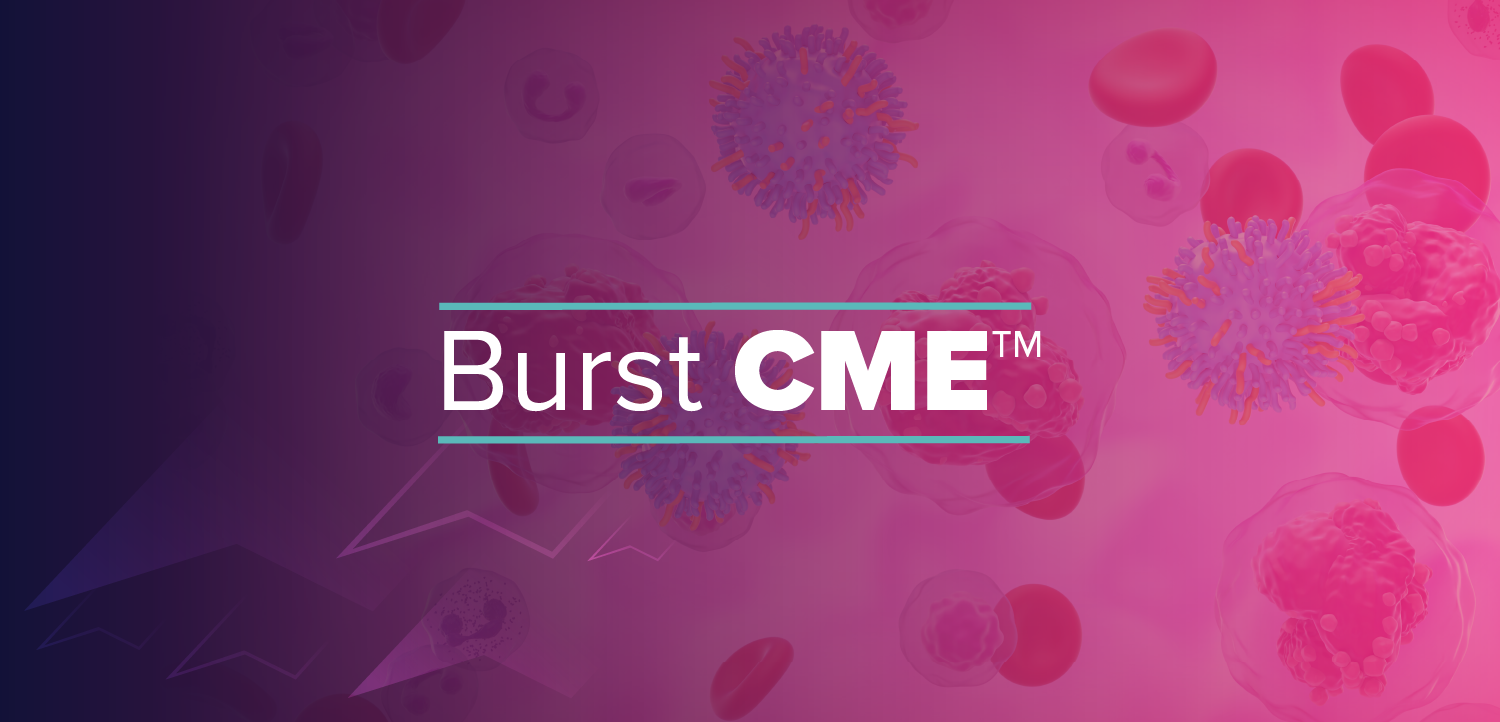
Barriers in BIPOC Populations Diagnosed With Breast Cancer
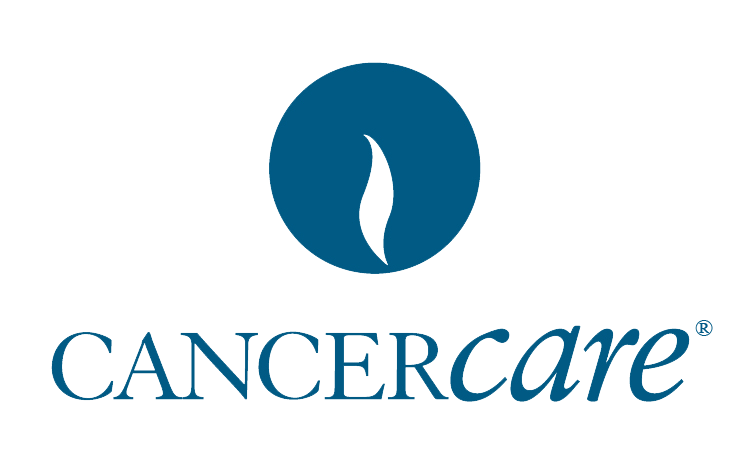
BIPOC patients diagnosed with breast cancer often face additional barriers–like health disparities, health literacy, and lack of knowledge of the psychosocial effects–in comparison to other ethnic groups.
Particularly for women, breast cancer remains the highest cancer with an estimated 281,550 new cases in 2021 alone. While the survival rates for breast cancer have overall improved due to advancements in treatment and clinical trials, Black, Indigenous, People of Color (BIPOC) still represent the population with the highest death rates among all demographics.
BIPOC patients diagnosed with breast cancer often face additional barriers–like health disparities, health literacy, and lack of knowledge of the psychosocial effects–in comparison to other ethnic groups. Such barriers are not often addressed in a medical setting, which can contribute to BIPOC’s mortality rate and poorer outcomes.
Health/Race Disparities
Not only do BIPOC have a higher mortality rate in comparison to their White counterparts, they are also more likely to be diagnosed at a younger age, and at a more advanced and/or aggressive stage. There are many reasons for this.
One factor is due to the lack of access to resources, which can prevent BIPOC individuals from having their cancer detected early, receiving quality care, or experiencing a delay in their treatment. BIPOC’s limited access to care is common within low income, predominantly BIPOC neighborhoods as well.
Furthermore, it has been documented BIPOC are not effectively represented in studies in various treatment options for breast cancer, especially in clinical trials. This is essential as the genetic makeup of tumors in BIPOC can differ in comparison to other ethnicities, including triple-negative breast cancer.
So, while advancements in treatment among the White population have shown to be successful, less is known about how the same or similar treatments would positively impact BIPOC, including whether other remedies are needed.
Health Literacy/Education
Difficulties with understanding cancer treatment and medical terms are common among all patients with cancer. However, it is even more evident among BIPOC due to various social-economic factors, such as educational background. Specifically, with patients with breast cancer, BIPOC reported they received limited information about their treatment side effects, including infertility.
BIPOC patients further expressed not feeling comfortable asking questions with their medical team as they are answered in terms they do not comprehend. Lack of clear communication can additionally make BIPOC distrustful of their medical teams, which then results in them seeking information that might be inappropriate or incorrect elsewhere. Additionally, patients who feel they do comprehend their treatment can feel overwhelmed, and then are not able to make informed decisions.
Lastly, BIPOC patients are often not educated on alternative treatment options including clinical trials. As a consequence, BIPOC may be resistant to medication/treatment compliance or lack the willingness to participate in studies that can assist with advancements in treatments among the BIPOC community.
Psychosocial Impact
People diagnosed with breast cancer experience similar psychosocial effects as others with cancer, including depression and anxiety. However, in the BIPOC population, such effects are often ignored.
In a study conducted by Lewis et al, they found that BIPOC’s depression are “often under-recognized and under-treated.” They further noted how such acknowledgements would make an impact in a BIPOC’s cancer journey and quality of life.
Such studies highlight the lack of emotional support services BIPOC receive during their treatment, including providing them with the tools to help them navigate through their cancer experience. Often, there are misconceptions about how BIPOC cope with cancer. This can impact how BIPOC patients cope with their diagnosis, including limiting their access to resources such as counseling or support groups, and their willingness to participate with follow-up after treatments.
If BIPOC patients find their cancer experience traumatic, it may make them reluctant to engage in follow-up, which is significant to prevent and minimize a reoccurrence.
Ways to Address Barriers
There are ways medical professionals can begin to help BIPOC patients with breast cancer navigate through their cancer journey as well as cope with the challenges they endure:
- Listen: It makes a difference when BIPOC feel they are being heard and validated by their medical team. There are numerous stories within the BIPOC communities of how often providers dismissed their feelings when they expressed their concerns, especially feelings such as hopelessness depression or their experience with side effects.
- Educate: Providing an environment for open-ended questioning and not rushing a patient during appointment can help a BIPOC develop an overall better understanding of their diagnosis and their options. They are then able to make a more educated and informed decision.
- Understanding Certain Stereotypes:Sadly, there are stereotypes against BIPOC women that affect their care. These include being seen as very “strong “or “angry/aggressive.” Many do not understand how BIPOC’s appearance of strength or anger are rooted in having to adapt often to various struggles and disparities throughout the course of their lives. This appearance, sadly masks vulnerable feelings that providers fail to address. Be mindful when using certain words including telling a patient they are strong or brave. While such statements are intended to inspire hope, they can also dismiss someone’s feelings of depression. It is important to provide a place where patients feel comfortable with admitting they need help or support. There is a useful workshop series from Living Beyond Breast Cancer, which has some insight to BIPOC’s struggles with breast cancer for reference.
- Familiarize yourself with available resources:This would include databases for clinical trials and psychosocial support such as support groups and counseling services as well as encouraging patients to utilize them. Also, be mindful not to immediately push them to see a social worker or financial navigator. Validate their feelings and hear their concerns to direct them to the appropriate resources.Some resources for support include CancerCare, Triple Negative Breast Cancer Foundation, Black Cancer, Touch, The Black Breast Cancer Alliance, and Susan G Komen Foundation.
The more people who are aware of BIPOC’s struggles with breast cancer, the more their barriers can be addressed. Decreasing such barriers can make a significant difference to increase the survival rates for BIPOC with breast cancer.
References:
1. Cancer stat facts: cancer disparities. National Cancer Institute Surveillance, Epidemiology, and End Results Program. https://seer.cancer.gov/statfacts/html/disparities.html
2. Health Equity Initiative. https://www.komen.org/about-komen/our-impact/breast-cancer/health-equities-initiative/
3. Yedjou, Clement G et al. “Health and Racial Disparity in Breast Cancer.” Advances in experimental medicine and biology vol. 1152 (2019): 31-49. doi:10.1007/978-3-030-20301-6_3
4.Lewis, Pamela E et al. “Psychosocial concerns of young African American breast cancer survivors.” Journal of psychosocial oncology vol. 30,2 (2012): 168-84. doi:10.1080/07347332.2011.651259
5.Rust, Connie, and Cindy Davis. “Health Literacy and Medication Adherence in Underserved African-American Breast Cancer Survivors: A Qualitative Study.” Social work in health care 50.9 (2011): 739–761. Web.
6.Sheppard, Vanessa B et al. “Correlates of depressive symptomatology in African-American breast cancer patients.” Journal of cancer survivorship : research and practice vol. 7,3 (2013): 292-9. doi:10.1007/s11764-013-0273-y

